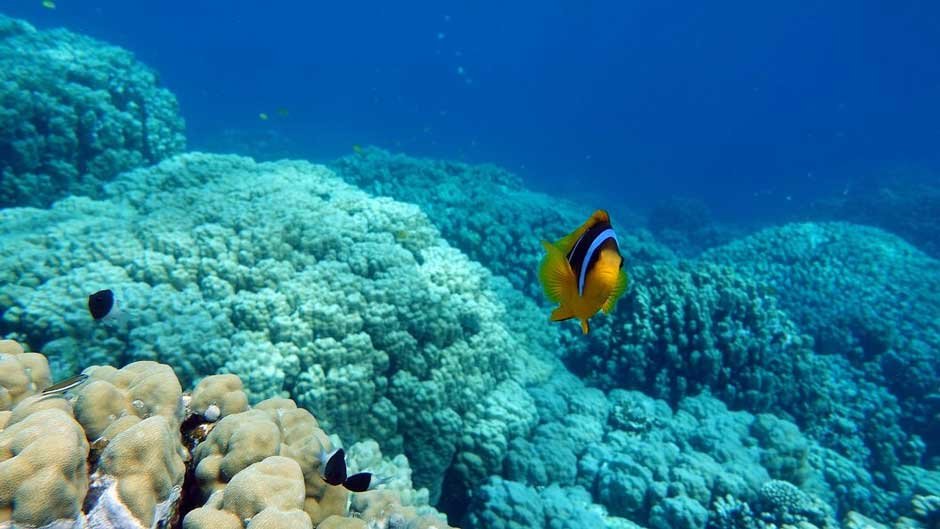Our oceans cover more than 70% of the Earth’s surface and are home to an incredible diversity of life. Yet, human activity—from overfishing to pollution and climate change—continues to degrade marine ecosystems. One of the most powerful tools we have to safeguard ocean health is the Marine Protected Area (MPA). But creating an MPA isn’t as simple as drawing lines on a map. Effective planning is key to ensuring these protected areas truly benefit both marine life and coastal communities.
What Are Marine Protected Areas?
Marine Protected Areas are defined regions of the ocean where human activities are managed and regulated to protect biodiversity and ecosystem health. They vary in their levels of protection—ranging from no-take zones where all extractive activities are banned to multiple-use areas that allow certain sustainable practices.
Why Planning Matters
Without thoughtful design, MPAs risk becoming “paper parks”—protected in name only. Effective planning ensures that an MPA achieves its intended goals, whether that’s conserving critical habitats, rebuilding fish populations, supporting local livelihoods, or building climate resilience. A well-planned MPA is grounded in science, shaped by community input, and designed for long-term sustainability.
Key Steps in Planning an Effective MPA
1. Set Clear Objectives
Every MPA should begin with clearly defined goals. These might include:
- Preserving endangered species or habitats
- Allowing fish stocks to recover
- Supporting local economies through eco-tourism or sustainable fishing
- Creating research opportunities
Setting specific, measurable objectives ensures the MPA can be evaluated and adapted over time.
2. Use the Best Available Science
Accurate scientific data plays a vital role in pinpointing ecologically significant areas for Marine Protected Area (MPA) planning. With the support of marine ecology consulting services, planners can conduct detailed assessments of coral reefs, seagrass meadows, migratory corridors, and key spawning sites. Advanced technologies such as GIS mapping, satellite tracking, and underwater drones enable the collection of precise, high-resolution data on marine ecosystems.
In addition to ecological insights, consultants also help analyze patterns of human activity—like fishing pressure and shipping routes—to reduce user conflicts and design protections that are both effective and practical.
3. Engage Stakeholders Early and Often
Local communities, fishers, tourism operators, scientists, and government agencies all have a stake in marine resources. Engaging them early builds trust and encourages long-term compliance. Stakeholder input can also uncover traditional ecological knowledge that may not be captured by modern science.
Public consultations, workshops, and participatory mapping exercises can help ensure the MPA reflects diverse perspectives and needs.
4. Design with Connectivity and Resilience in Mind
Ecosystems are interconnected, and so should MPAs be. Designing networks of protected areas that are ecologically connected allows species to migrate, reproduce, and recover more effectively.
It’s also important to factor in resilience to climate change. Protecting climate refuges—areas less impacted by warming or acidification—can help sustain biodiversity in a changing world.
5. Define and Enforce Management Rules
Once an area is designated, the real work begins. Clearly defined regulations must outline what is and isn’t allowed. These rules should be realistic, enforceable, and aligned with conservation goals.
Monitoring, control, and surveillance are essential to prevent illegal activity. This may involve patrols, satellite monitoring, or community enforcement programs.
6. Ensure Long-Term Funding and Capacity
Without ongoing funding and management, even the best-designed MPA can fail. Budgeting for staffing, monitoring, education, and enforcement should be part of the planning process.
Partnerships with NGOs, universities, and international donors can support financial and technical needs, especially in lower-income regions.
7. Monitor and Adapt
MPAs are not static. Conditions change, and so must management. A strong monitoring and evaluation framework helps track progress and adjust strategies when needed.
Indicators might include changes in fish biomass, coral cover, or local income from sustainable activities. Adaptive management allows planners to respond to new threats or opportunities over time.
Success Stories
Around the world, well-planned MPAs have shown remarkable success. In the Philippines, the Apo Island marine reserve helped fish populations rebound and supported eco-tourism. In the Pacific, the Palau National Marine Sanctuary protects 80% of Palau’s waters, balancing conservation with economic use. These successes share a common thread: community involvement, clear rules, and science-based planning.
Final Thoughts
Designing an effective Marine Protected Area is a complex but rewarding process. It’s not just about protecting sea turtles or coral reefs—it’s about ensuring the ocean remains a thriving, resilient source of life and livelihood for generations to come. By setting clear goals, involving stakeholders, and relying on strong science and governance, we can create MPAs that truly make a difference.
